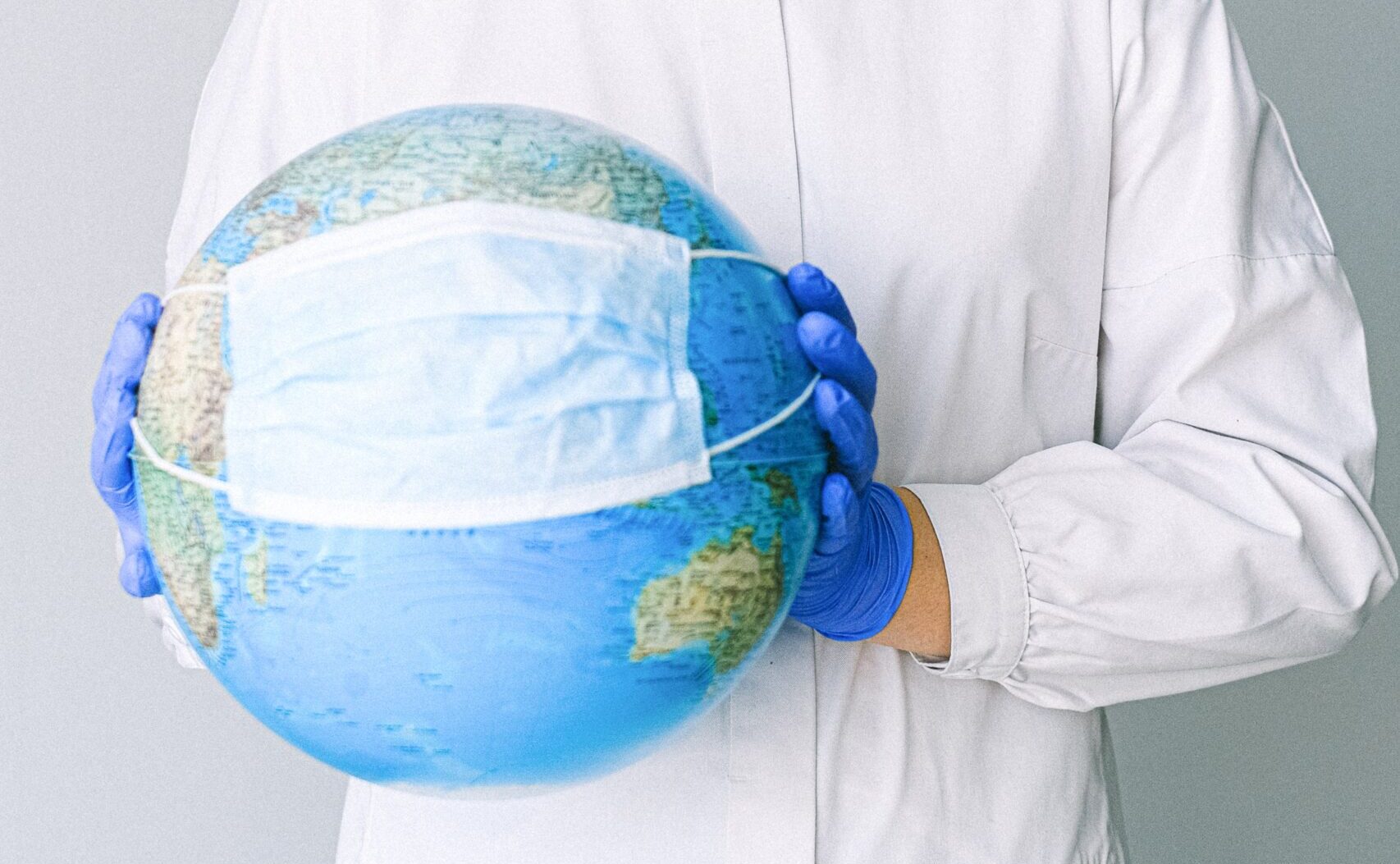Latest posts by Henoc Rodriguez (see all)
- Current State of Global Health Security - August 29, 2023
- Intersections of Humanitarianism and Human Trafficking - October 27, 2022
- Disasters and Their Impact on Children – Part 2 - July 27, 2022
- World Health Organization. (n.d.) Health Security. https://www.who.int/health-topics/health-security#tab=tab_1 [↩]
- Centers for Disease Control and Prevention. (2022, May 18th). What is Global Health Security? https://www.cdc.gov/globalhealth/security/what.htm#:~:text=Global%20health%20security%20is%20the,they%20occur%20in%20the%20world. [↩]
- National Association of County and City Health Officials. (2023). Global Health Security. https://www.naccho.org/programs/public-health-preparedness/global-health-security [↩]
- Centers for Disease Control and Prevention. (2022, May 18th). What is Global Health Security? https://www.cdc.gov/globalhealth/security/what.htm#:~:text=Global%20health%20security%20is%20the,they%20occur%20in%20the%20world. [↩]
- Chattu, V. K., Kumar, R., Kumary, S., Kajal, F., & David, J. K. (2018). Nipah virus epidemic in southern India and emphasizing “One Health” approach to ensure global health security. Journal of family medicine and primary care, 7(2), 275.https://doi.org/10.4103%2Fjfmpc.jfmpc_137_18 [↩]
- Gostin, L. O., & Ayala, A. S. (2017). Global health security in an era of explosive pandemic potential. J. Nat’l Sec. L. & Pol’y, 9, 53. https://heinonline.org/HOL/LandingPage?handle=hein.journals/jnatselp9&div=7&id=&page= [↩]
- Hodge Jr, J. G., & Weidenaar, K. (2017). Public health emergencies as threats to national security. Nat’l Sec. L. & Pol’y, 9, 81. https://heinonline.org/HOL/LandingPage?handle=hein.journals/jnatselp9&div=8&id=&page= [↩]
- Knauer, N. J. (2020). The COVID-19 pandemic and federalism: Who decides?. NYUJ Legis. & Pub. Pol’y, 23, 1. https://heinonline.org/HOL/LandingPage?handle=hein.journals/nyulpp23&div=4&id=&page= [↩]
- Osterholm, M. T. (2017). Global health security—an unfinished journey. Emerging Infectious Diseases, 23(Suppl 1), S225. https://doi.org/10.3201%2Feid2313.171528 [↩]
- National Association of County and City Health Officials. (2023). Global Health Security. https://www.naccho.org/programs/public-health-preparedness/global-health-security [↩] [↩] [↩]
- Osterholm, M. T. (2017). Global health security—an unfinished journey. Emerging Infectious Diseases, 23(Suppl 1), S225. https://doi.org/10.3201%2Feid2313.171528 [↩]
- Knauer, N. J. (2020). The COVID-19 pandemic and federalism: Who decides?. NYUJ Legis. & Pub. Pol’y, 23, 1. https://heinonline.org/HOL/LandingPage?handle=hein.journals/nyulpp23&div=4&id=&page= [↩] [↩]
- Maital, S., & Barzani, E. (2020). The global economic impact of COVID-19: A summary of research. Samuel Neaman Institute for National Policy Research, 2020, 1-12. [↩]
- Kidder, T. (2009). Mountains beyond mountains: The quest of Dr. Paul Farmer, a man who would cure the world. Random House Trade Paperbacks. [↩]
- Gostin, L. O., & Ayala, A. S. (2017). Global health security in an era of explosive pandemic potential. J. Nat’l Sec. L. & Pol’y, 9, 53. https://heinonline.org/HOL/LandingPage?handle=hein.journals/jnatselp9&div=7&id=&page= [↩]
- Braveman, P., & Gottlieb, L. (2014). The social determinants of health: it’s time to consider the causes of the causes. Public health reports, 129(1_suppl2), 19-31. https://journals.sagepub.com/doi/pdf/10.1177/00333549141291S206 [↩]
- United Nations Development Programme. (2020). Human Development Report — The Next Frontier: Human Development and the Anthropocene. Briefing note for countries on the 2020 Human Development Report. https://hdr.undp.org/sites/default/files/Country-Profiles/PHL.pdf [↩]
- United Nations Development Programme. (2020). Human Development Report — The Next Frontier: Human Development and the Anthropocene. Briefing note for countries on the 2020 Human Development Report. https://hdr.undp.org/sites/default/files/Country-Profiles/PHL.pdf [↩]
- Zaliska, O., Oleshchuk, O., Forman, R., & Mossialos, E. (2022). Health impacts of the Russian invasion in Ukraine: need for global health action. The Lancet, 399(10334), 1450-1452. https://doi.org/10.1016/S0140-6736(22)00615-8 [↩]
- Zaliska, O., Oleshchuk, O., Forman, R., & Mossialos, E. (2022). Health impacts of the Russian invasion in Ukraine: need for global health action. The Lancet, 399(10334), 1450-1452. https://doi.org/10.1016/S0140-6736(22)00615-8 [↩]
- Geneva Academy. (n.d.). Today’s Armed Conflicts. Geneva Academy of International Humanitarian Law and Human Rights. https://geneva-academy.ch/galleries/today-s-armed-conflicts [↩]
- Bove, V., Salvatore, J. D., & Elia, L. (2022). UN Peacekeeping and Households’ Well‐Being in Civil Wars. American journal of political science, 66(2), 402-417. https://doi.org/10.1111/ajps.12644 [↩]
- Bardosh, K., De Figueiredo, A., Gur-Arie, R., Jamrozik, E., Doidge, J., Lemmens, T., … & Baral, S. (2022). The unintended consequences of COVID-19 vaccine policy: why mandates, passports and restrictions may cause more harm than good. BMJ Global Health, 7(5), e008684. http://dx.doi.org/10.1136/bmjgh-2022-008684 [↩]
- Bove, V., Salvatore, J. D., & Elia, L. (2022). UN Peacekeeping and Households’ Well‐Being in Civil Wars. American journal of political science, 66(2), 402-417. https://doi.org/10.1111/ajps.12644 [↩]
- Traore, T., Shanks, S., Haider, N., Ahmed, K., Jain, V., Rüegg, S. R., Razavi, A., Kock, R., Erondu, N., Rahman-Shepherd, A., Yavlinsky, A., Mboera, L., Asogun, D., McHugh, T. D., Elton, L., Oyebanji, O., Okunromade, O., Ansumana, R., Djingarey, M. H., Ali Ahmed, Y., … Dar, O. (2023). How prepared is the world? Identifying weaknesses in existing assessment frameworks for global health security through a One Health approach. Lancet (London, England), 401(10377), 673–687. https://doi.org/10.1016/S0140-6736(22)01589-6 [↩]
- Sinclair, J. R. (2019). Importance of a One Health approach in advancing global health security and the Sustainable Development Goals. Revue scientifique et technique (International Office of Epizootics), 38(1), 145-154. https://doi.org/10.20506/rst.38.1.2949 [↩]




